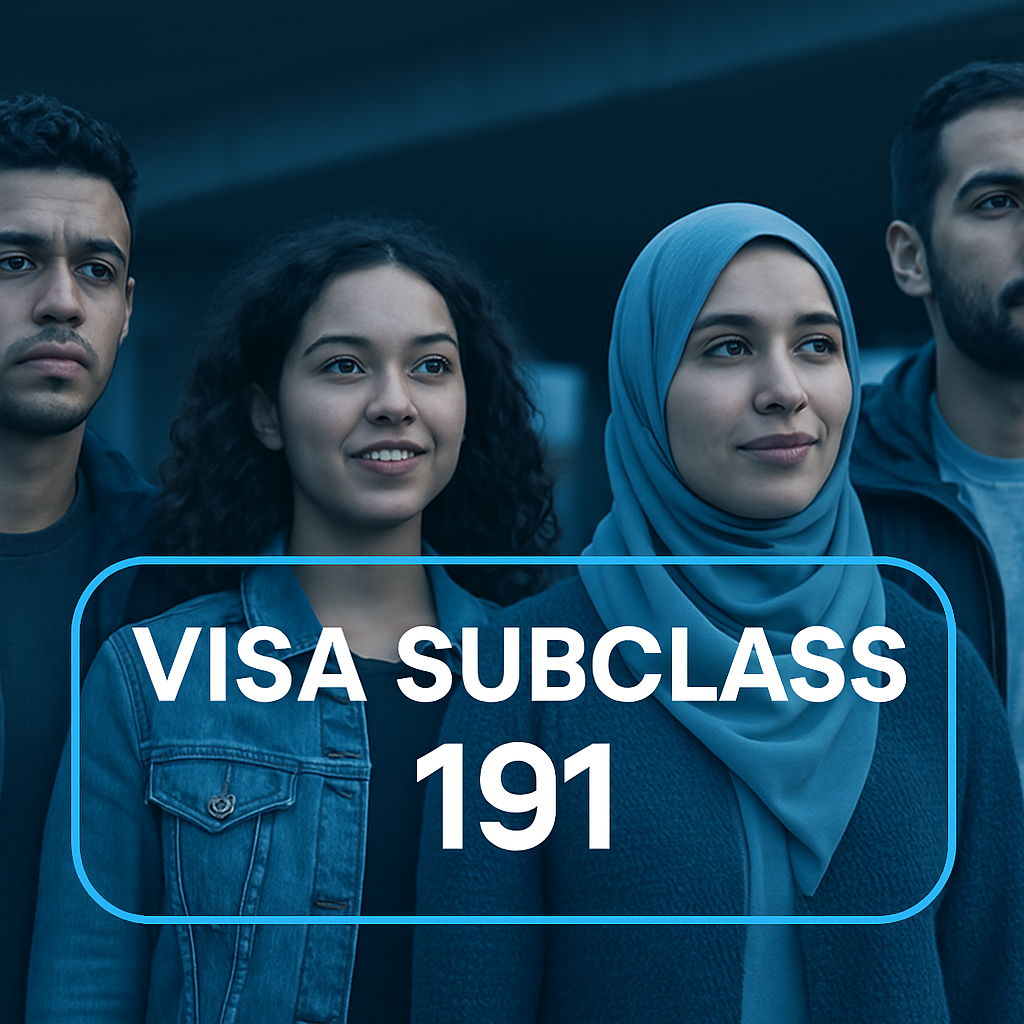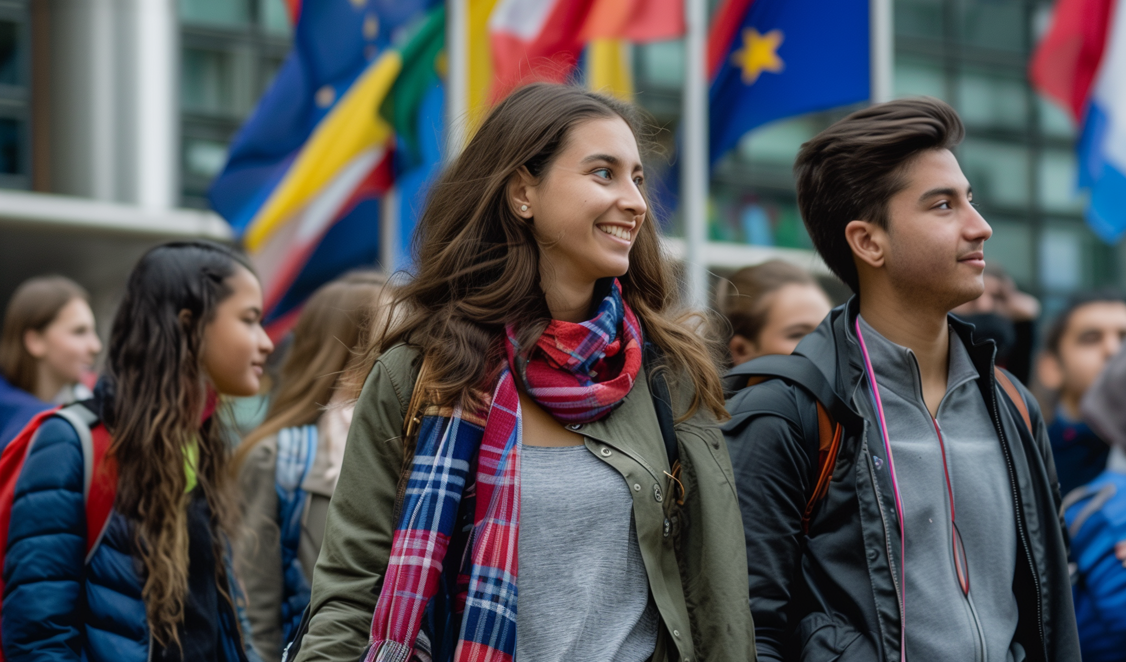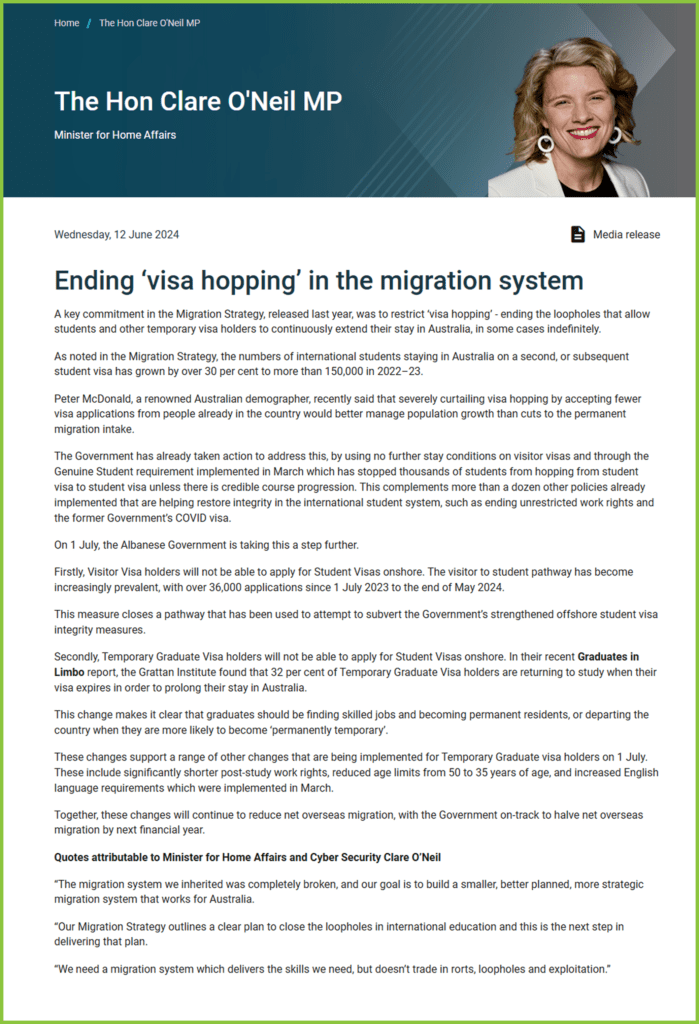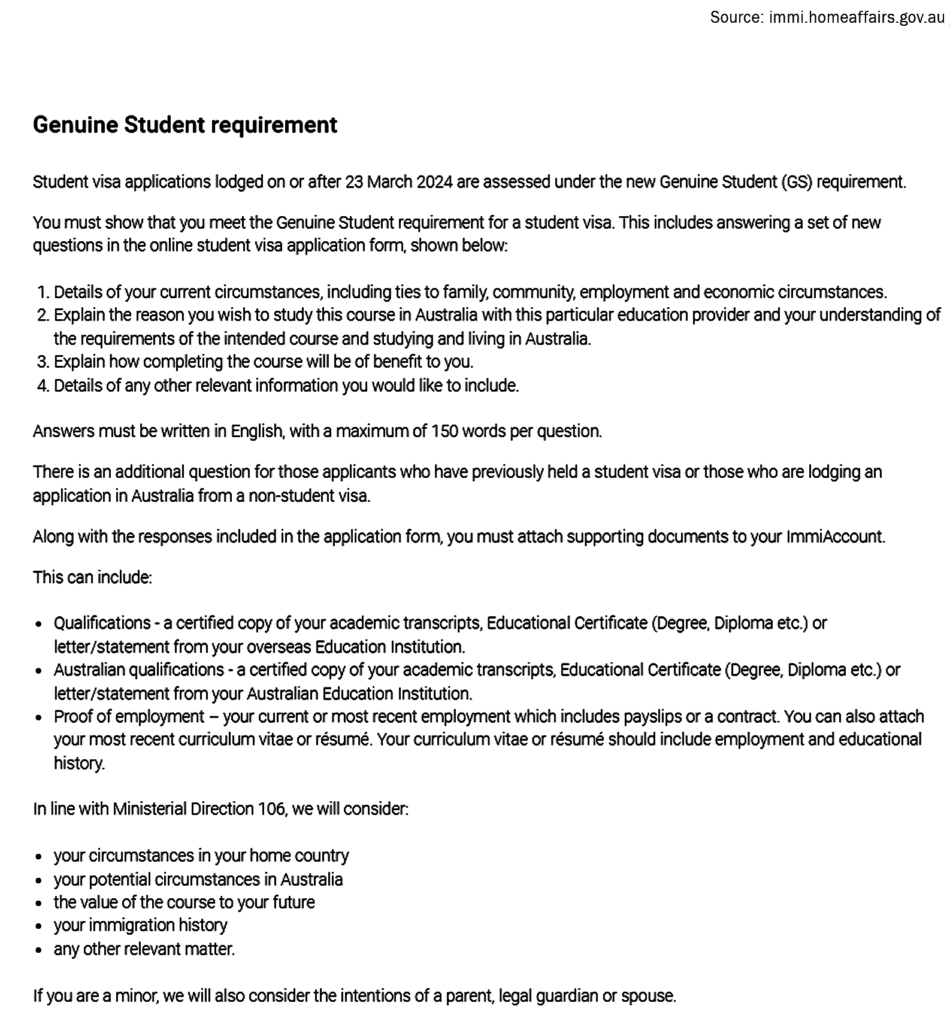Are you on the hunt to find visa medical examination appointment in Darwin, Northern Territory?
The hot topic that is arising in the mind of visa applicants of Darwin at the moment is, how to find the Visa Medical in Darwin, Northern Territory. Finding a medical examination appointment is becoming harder and harder for international resident to comply with their visa medical request from Department of Home Affairs.
It is crucial that you communicate the situation with your migration agent in this case if you are unable to secure the appointment on prescribed period, usually 28 days after the date of visa lodgement or the date of request from case officer.
Remember, that 28 days is important to note. If you could not find the date within prescribed limit, your migration agent should be able to communicate that information to the Department but you still need to request them of the situation.
However, situation like of Darwin is unavoidable where an appointment seems to be unavailable from over a century ago. This situation started especially since COVID lockdowns started and it has become kind of culture for the examination provider.
Medical examinations for onshore visa applicant is handled by the Bupa Medical and Visa Services. In Darwin, they appoint a medical centre to conduct the examinations. The centre they choose to appoint changes from time to time and at the time of this blog publication (2024/25) it is currently being conducted by the provider named “JobFit Darwin”. They conduct few tests from their Parap based outlet and radiology services (such as x-ray or CT scans) from Casuarina based centre.
If you have already booked for an appointment, please ensure you have enough time to reach there, stay on waitlist, conduct few examinations there and if necessary, you will be referred to Casuarina based centre for radiology related examinations. All these consumes time more than average in comparison to Sydney or Melbourne based centres, thus please assure you have enough time allocated for this.
What should you carry on the day of appointment?
You must carry a piece of identification of all examination attendant along with on the date of appointment. Make sure that identification document is not expired on the day of appointment. Original passport is the most preferred identification we can recommend. In addition to the identification, you must also carry the Medical ReferraL Letter of all examination attendant. This letter should be given to you by your visa agent if you have provided them the information of your medical history. They will declare all the medical history you declared with them and it will appear on the same medical referral letter. Physicians then check across the declaration and conduct the test to verify the declared components.
How much (fees) it cost to do the visa medical examinations?
If you would like to check how much of fees would the examinations accumulate, please check this link and select the tests you have been requested to take.
Not finding appointments?
The best way to avoid waiting for longer period again comes to the communication with your visa agent who should be able to guide you when you might be able to secure and the best possible way to finish this task off the list.
Also note that if you are travelling interstate or even overseas, medical examinations can also be conducted from the centre that is available or close to your location, during travel.
If you are unable to travel anywhere due to your study or employment requirement, the first alternative is to keep trying finding the appointment online via below link.
If the appointment is not found, it is best to advise your visa agent and seek assistance on what needs to be done next.
The 28 days period given to you to conduct the medical examination date can be extended.
Other ways to find the appointment at the time of this blog publication is to check the above link and try finding appointment between 7:55 AM – 8:05 AM every morning. Remember, the slots gets picked up really quickly and you do not want to wait for the chosen time to be booked by someone else pretty quickly. It is better to have all the required information in front of you before you stay on waiting list. The most important information to note down is you HAP ID referral letter number and the passport information as well as your contact details.
If that is also not helping you secure the appointment, you may also contact the medical centre to check if there is any slots coming up in future so that you can plan better.
Obviously, if all above did not work, you may plan ahead and travel interstate or overseas to conduct the requested medical examinations. To reduce the cost load, especially on travel fare, you may choose for a later date to conduct the medical examinations and find fares that are cheaper. It is better to keep the case officer on loop of what is happening regarding the medical examinations. You may also notify them if you have finally booked the appointment.
It takes approximately couple of days for the medical officers to get the report of your medical results from the medical centre. You will not be notified of your results from medical centre. Your visa agent should be able to see the progress of your medical examinations from their portal.
Hence, these are the way to find Visa Medical Appointment in Darwin Northern Territory. That is all we could include in this blog to help you secure an appointment. We hope you find the appointments on your desirable time frame.
















